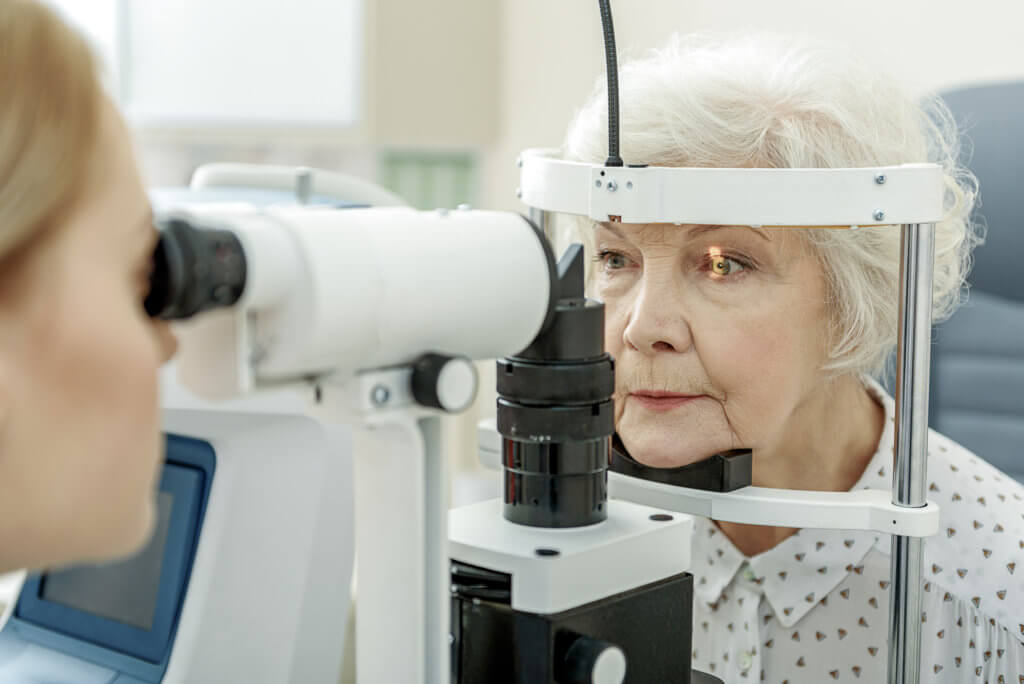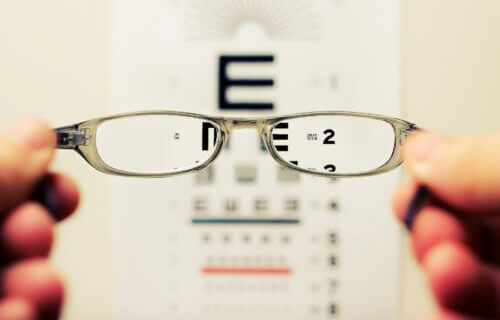TORONTO, Ontario — Everyone’s vision tends to decline to varying degrees as the years pass by, it’s just another one of those fun features of growing old. New findings by a team at the University of Toronto, however, suggest older adults living in warmer climates have a higher risk of serious vision impairment than their peers living in cooler regions.
In comparison to others living in counties with an average temperature lower than 50°F (< 10 °C), those living in counties with average temperatures between 50 and 54.99°F were 14 percent more likely to develop severe vision impairment. Similarly, those living in counties between 55 and 59.99°F were 24 percent more likely, and older adults residing in counties with an average temperature at 60°F (15.5 °C) or above were 44 percent more likely to develop poor eyesight.
“This link between vision impairment and average county temperature is very worrying if future research determines that the association is causal” says first author Professor Esme Fuller-Thomson in a media release. “With climate change, we are expecting a rise in global temperatures. It will be important to monitor if the prevalence of vision impairment among older adults increases in the future.”
Dr. Fuller-Thomson is the director of University of Toronto’s Institute of Life Course and Aging and is a professor in the Factor-Inwentash Faculty of Social Work and the Department of Family and Community Medicine.
“We know that vision problems are a major cause of disabilities and functional limitations,” adds study co-author ZhiDi Deng, a recent pharmacy graduate from the University of Toronto. “Serious vision impairment, for example, can increase the risk of falls, fractures, and negatively impact older adults’ quality of life. Taking care of vision impairments and their consequences also cost the US economy tens of billions each year. So, this link between temperature and vision impairment was quite concerning.”

Notably, the observed relationship between average temperature and severe vision impairment remained strong regardless of participants’ age, gender, income, and education level.
“It was powerful to see that the link between vision impairment and temperature was consistent across so many demographic factors including income.” adds study co-author Elysia Fuller-Thomson, a graduate student at the University of Toronto.
The association between higher county temperature and serious vision impairment was stronger among individuals 65 to 79 years-old compared to those 80 or older. The same held true for males over females, and White Americans in comparison to Black Americans.
What’s causing heat to damage vision?
Study authors clarify that while the relationship between average temperature and severe vision impairment certainly appears to be strong, they still do not understand the exact mechanisms at play driving this relationship.
Researchers hypothesize there are numerous potential explanations. Possible theories include increased ultraviolet light exposure, air pollution, infections, and folic acid degradation with increased temperature.
This project was based on six consecutive waves of the American Community Survey (2012-2017) which surveys a nationally representative sample of American respondents 65 and older on a yearly basis. Researchers analyzed a sample encompassing 1.7 million community-dwelling and institutionalized older adults in the contiguous United States who were living in the same state in which they were born.
More specifically, the question asked regarding vision impairment was “Is this person blind or does he/she have serious difficulty seeing even when wearing glasses?” Average temperature data, meanwhile, was provided by the National Oceanic and Atmospheric Administration and then combined with additional data from the American Community Survey.
“We were very surprised to discover this strong association between temperature and vision impairment,” Dr. Fuller-Thomson concludes. “But this novel finding introduces more questions than it answers, including what the connection between average county temperature and vision impairment is. Moving forward, we plan to investigate whether county temperature is also associated with other disabilities among older adults such as hearing problems and limitations in daily activities.”
The study is published in the journal Ophthalmic Epidemiology.

